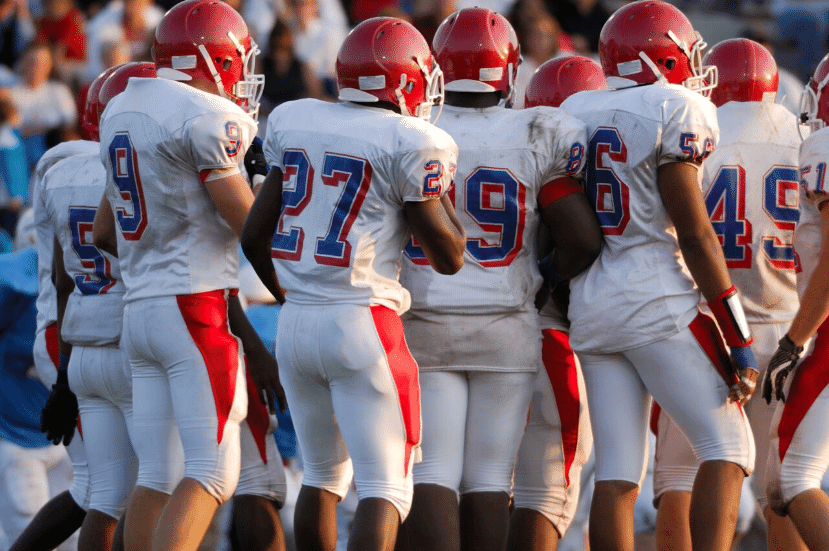Too-much-talent effect
Have you ever heard of the Tiki-Taka football style in the Barcelona Team? This technique based on short, quick passes was Xavi, Iniesta and Messi strategy to be coordinated and performant. If we think about these players, we think about top talents. And if we think about how they were able to perform Tiki-Taka, we think about task interdependence.
Date: 18. September 2024
Categories: PGarticle, Personality Assessments, Talent Management

Have you ever heard of the Tiki-Taka football style in the Barcelona Team?
This technique based on short, quick passes was Xavi, Iniesta and Messi strategy to be coordinated and performant. If we think about these players, we think about top talents. And if we think about how they were able to perform Tiki-Taka, we think about task interdependence.
But have you ever thought that too many talents together could impair task interdependence?
In fact, Swaab and colleagues (2014) studied this phenomenon:
- In study 1, FIFA ranking national teams’ top talents were part of the sample (World Cup qualification). The advantage of having top talents within teams had, up to a point, negative consequences on the team’s performance.
- In study 2, the impact of top talents on NBA basketball team’s coordination during 10 seasons was analyzed. Similar as study 1, the advantage of having top talents within teams had, up to a point, negative consequences on the teams’ coordination.
- In study 3, 30 MLB teams (baseball) over 10 seasons were analyzed. It was found that the more baseball talents, the higher the performance.
Why were the results different?
- Study 1 and 2 require interdependence between players whereas study 3 require less interdependence among players.
- As the authors hypothesized, the relationship between top talents and performance was moderated by task interdependence. In other words, the higher the interdependence between the assignments of the players, the higher the possibilities of the “too-much-talent-effect”. How?
- The higher the number of top talents, the higher the intragroup status competition. In fact, the energy of the group is directed towards ranking the dominance status rather than directed towards coordination and performance.
Do these findings extend beyond the domain of sports? Probably, because what connect sports and organizations are competition and cooperation.
Now, if you follow the practical implications of these studies for your own company, answer the following question before recruiting only top talents: “How strong is the task interdependence between workers regarding their tasks in my team?”
Hogan Assessments are a good start for these kinds of recruitment!



